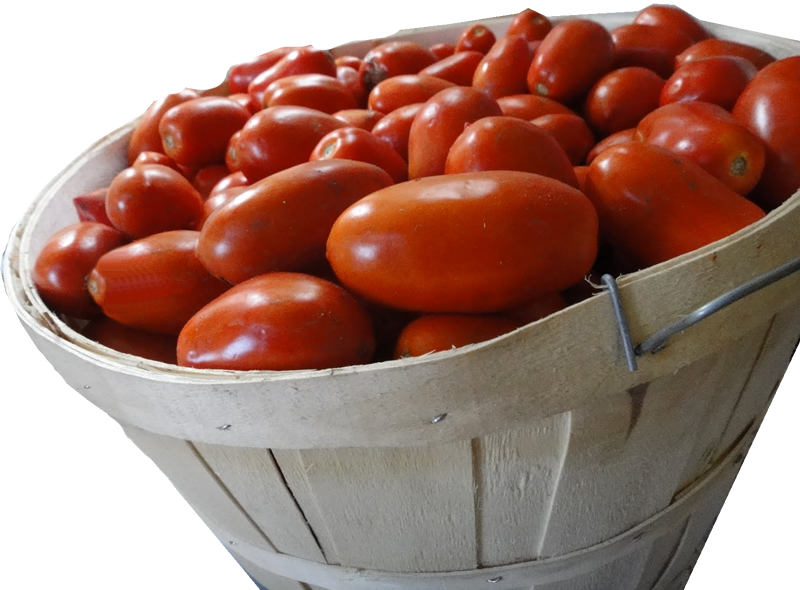
A comprehensive collection of the web's best Italian Preserve techniques
Preservation Methods - Our preservation methods will delight you and let you enjoy the taste of freshness all year round.
You'll be able to prepare these italian specialties with a few tools you probably have hanging around in your basement. So do yourself a favor, next time you finish a jar of jam or pickles, keep the jar and store them. Let's get conserving because if you buy the jars at the store their very expensive and that defies the purpose of conserving.
There are two main methods of preservation in Italian kitchens. Canning and Pickling.
Canning - Mason Jars: In this process, the food is first processed and then sealed in airtight containers. While the micro-organisms are killed by processing the food, their entry and proliferation is restricted by canning it in an airtight environment. The various methods used to process the food before it is canned are pasteurization, boiling, freezing or vacuum treatment.
Pickling: Eggplan, peppers, carrots, and some other vegetables may be preserved by pickling. This technique involves dipping the food in preserving liquids that prevents the growth of micro-organisms but still maintains edibility of the food. The preserving liquids used are vinegar, brine, alcohol and some other oils. This process is known as chemical pickling. The other way of pickling is by fermentation. In fermentation pickling, the preservation agent is produced by the food itself during the process of fermentation.
Drying: This is one of the oldest methods of food preservation. This process acts by reducing the moisture content in the food which in turn arrests bacterial growth. Drying is largely used for preserving meat. However, fruits and vegetables can also be preserved by this method. The additional advantage of drying is that it reduces the size and weight of the food product, therefore making it more portable. Sun drying, oven drying, and drying with the help of a dehydrator are the various ways used to reduce the water content of food.
Freezing: Micro-organisms require a certain level of temperature for their survival. Freezing foods lowers the temperature to levels that make the environment unsuitable for microbial growth. This is the principle on which home refrigerators work. Cold stores are used to preserve large amounts of food stuff for a longer period of time, so that they can be used during a natural calamity or national emergency. The only drawback of this food preserving technique is its dependence on electricity.
Sugaring: Sugaring is used to preserve fruits like apples, apricots and plums in sugary syrup that dehydrates the foods. The skin of certain fruits are cooked in sugar till they crystallize and then they are stored in a dry environment. One drawback of this method is that sugar itself draws moisture. Once the amount of moisture in sugared foods rise, it might reach the level congenial for microbial growth.
Salting: Salt is a natural food preservative that draws out moisture from the food as well as from the cells of the micro-organisms that may be present in it. Lack of moisture kills these organisms and hence prevents food spoilage. Salt is commonly used as a preservative in meat products
• Ten (10) bushels tomatoes (best choice San Marzano) Directions: 1• Place an old blanket or tablecloth on the floor of an unused room or basement. Room temperature should be between 67 and 72 degrees. 2• Distribute the ten bushels of tomatoes on the floor making sure that they do not lay on top of each other. The purpose for this step is to make sure they are ripened red like the picture of the tomato above. It also enables you to seek the rotten tomatoes and dispose of them. The period of time needed for this step depends on the time it takes for the tomatoes to ripen. Between three and seven days. When ready the next procedure happens on the day of preparation (time allotted for ten bushels - 10 hours - two people). 3• This step involves cleaning each tomato in a large sink or recipient with cold - lukewarm water to remove mud and dirt. Let tomatoes dry naturally until all tomatoes are cleaned and dried. 4• Once the tomatoes are cleaned you must cut each tomato into small pieces for preparation of cooking in a large pot. 5• I prefer cooking outdoors in the backyard with a propane powered burner that you can purchase in a typical ethnic grocery for about $50.00. You should cook the tomato until boiling occurs and the sauce is partially liquid. Preparation includes adding three pounds of onions and three garlic cloves in a 10 gallon pot. Add salt and pepper to taste and half a cup of sugar to remove the acidity. Fresh parsley add the final touch (5 leaves) 6• Once this occurs it is time to pass it through the tomato passer.This machine can be purchased electric or manual. I prefer the manual one because it is easy to use and pleasant to work with. Approximate cost of a manual tomato passer is about $100.00. Once you have set up your passer then you insert the partially cooked tomato sauce in the tomato passer to remove the seeds and skin and provide the semi final product. 7• You must then pass it one more time in the big pot and bring to a boil. 8• Prepare the mason jars and gently pour the boiling tomato sauce in the jars one by one. 9•Once the jars are filled place them under a blanket in a safe place until they cool down (approx. 3 days). Congratulations you can now enjoy your sauce for the whole year. Estimated cost without the equipment investment: Please note: When preparing the sauce for a meal follow these steps: |
|
 Ingredients:
Ingredients: